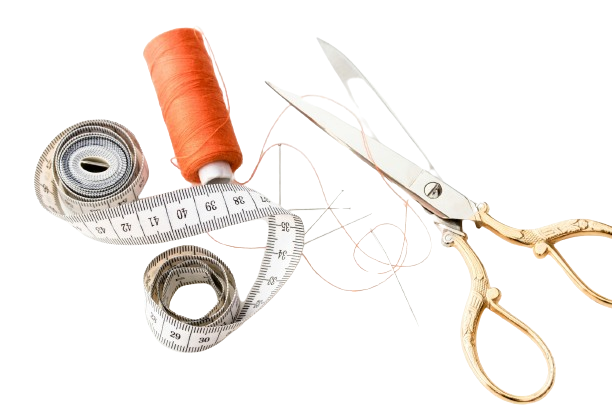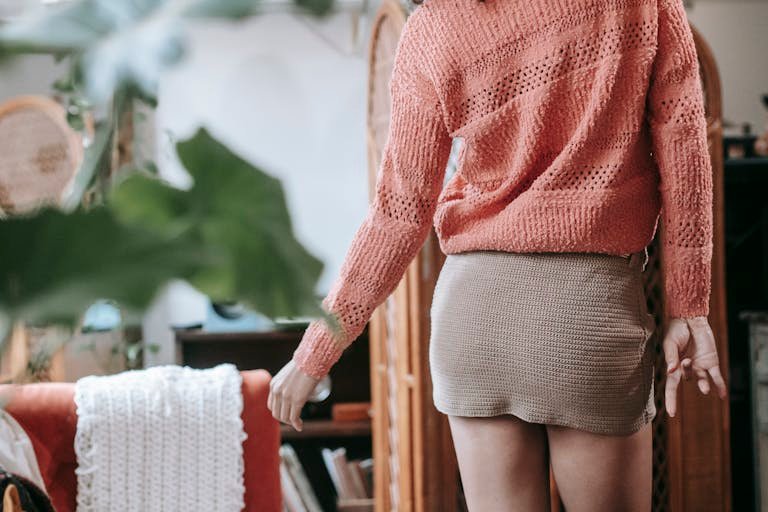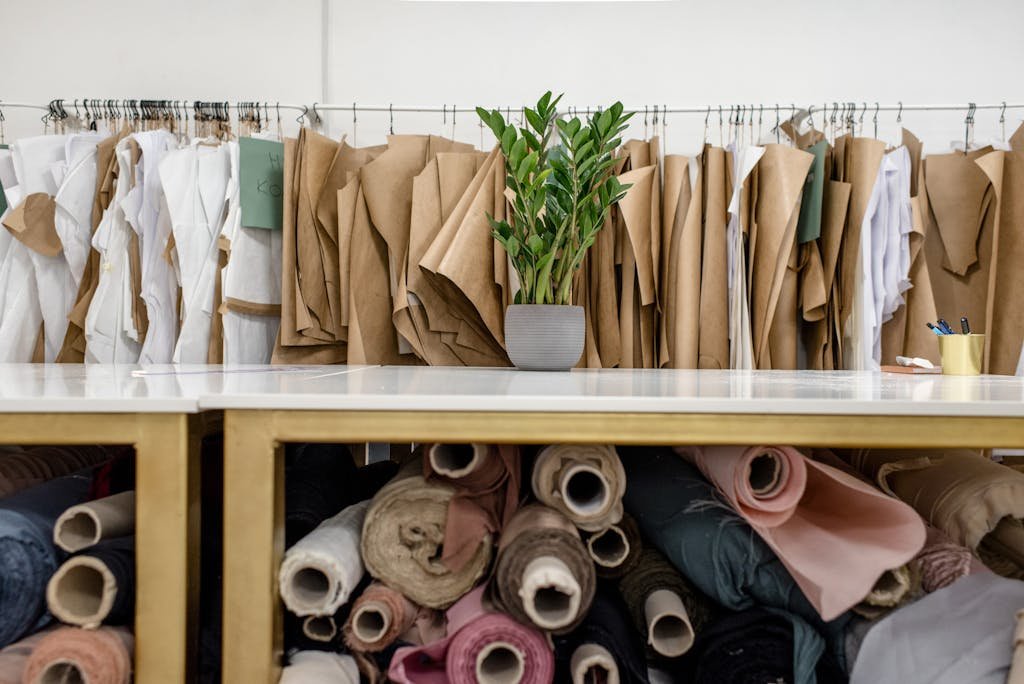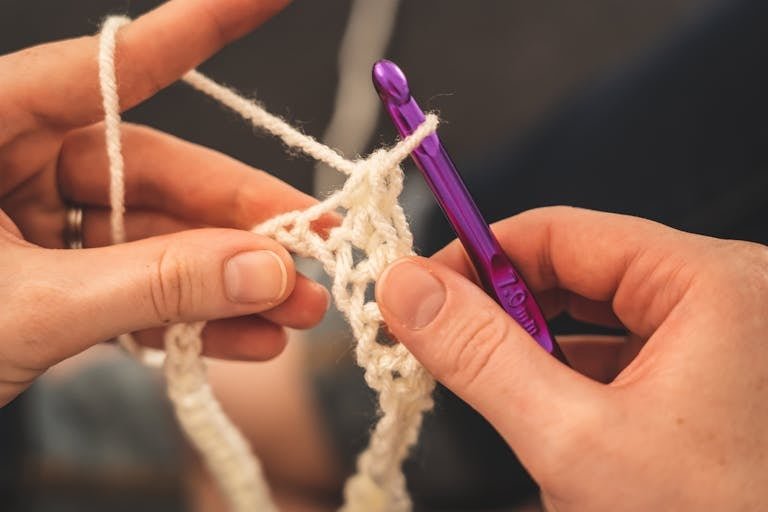Make Big with 16×20 Fabric
Learning the basic measurements of your fabric is a necessity in sewing because they have a lot of impact on the finishes of your sewn projects. One common size that often pops up is 16×20 inches. This size may lead to some confusion for new users when constructing what they want from the given size. So, how big is 16×20, and how can you use it in your sewing projects?
Why Fabric Size Matters in Sewing
Before diving into the specifics of 16×20, let’s discuss why fabric size is so important. When sewing, the size of your fabric determines what you can create. Whether you’re making a quilt, a pillowcase, or a piece of clothing, knowing the dimensions helps you plan your project efficiently and avoid wastage.
Visualizing 16×20 Inches
To give you a practical idea, 16×20 inches is slightly larger than a standard sheet of printer paper (8.5×11 inches) but smaller than a typical kitchen towel. Lay out four sheets of printer paper in a 2×2 grid – that’s roughly the size we’re talking about.
Projects Suitable for 16×20 Inch Fabric
With a piece of fabric measuring 16×20 inches, you have a variety of projects you can undertake:
- Small Pillow Covers: Perfect for creating decorative throw pillows.
- Quilt Blocks: Use it to make individual blocks for a larger quilt.
- Tote Bags: Great for sewing small tote bags or pouches.
- Table Runners: Ideal for crafting a short table runner or placemat.
Using 16×20 Fabric for Quilting
Quilting is one of the most popular uses for 16×20 inch fabric pieces. This site is excellent for making quilt blocks. By cutting the fabric into smaller squares or strips, you can create intricate designs and patterns. Plus, it’s an easy size to handle, especially if you’re new to sewing.
Sewing Techniques for 16×20 Projects
When working with a 16×20-inch piece of fabric, it’s essential to use proper sewing techniques to make the most out of the material:
- Precision Cutting: Ensure your cuts are accurate to maximize the fabric.
- Seam Allowances: Remember to include seam allowances in your measurements.
- Pressing: Press your seams as you sew to keep your project neat and professional.
Fabric Choices for 16×20 Projects
The type of fabric you choose for your 16×20 project will significantly impact the outcome. Here are some popular options:
- Cotton: Ideal for quilting and small home decor projects.
- Linen: Great for tote bags and kitchen accessories.
- Fleece: Perfect for making cosy pillow covers and blankets.
Planning Your Project
Before starting any project, planning is essential. For a 16×20-inch piece of fabric, consider the following:
- Pattern Layout: Plan how you’ll cut the fabric to minimize waste.
- Supplies Needed: Gather all your supplies, including thread, needles, and additional fabric if needed.
- Time Management: Estimate how long the project will take to complete.
16×20 Inches in Metric
For those more comfortable with metric measurements, 16×20 inches translates to approximately 40.6×50.8 centimetres. This can help if you prefer working with the metric system or need to purchase fabric from a store that uses metric measurements.
Creative Ideas for 16×20 Fabric
Here are some creative ideas to inspire your next sewing project with 16×20-inch fabric:
- Fabric Book Covers: Customize a book cover for your favourite read.
- Wall Art: Stretch the fabric over a frame for a unique piece of art.
- Reusable Gift Wrap: Sew a reusable gift wrap that’s eco-friendly and stylish.
Final Words
Understanding the size and potential of a 16×20-inch piece of fabric can open up a world of creative possibilities in sewing. Whether you’re making quilt blocks, pillow covers, or unique home decor items, this size is versatile and manageable for beginners and experienced sewists alike. By planning your projects carefully and using the right techniques, you can make the most of every piece of fabric and create beautiful, functional items.







